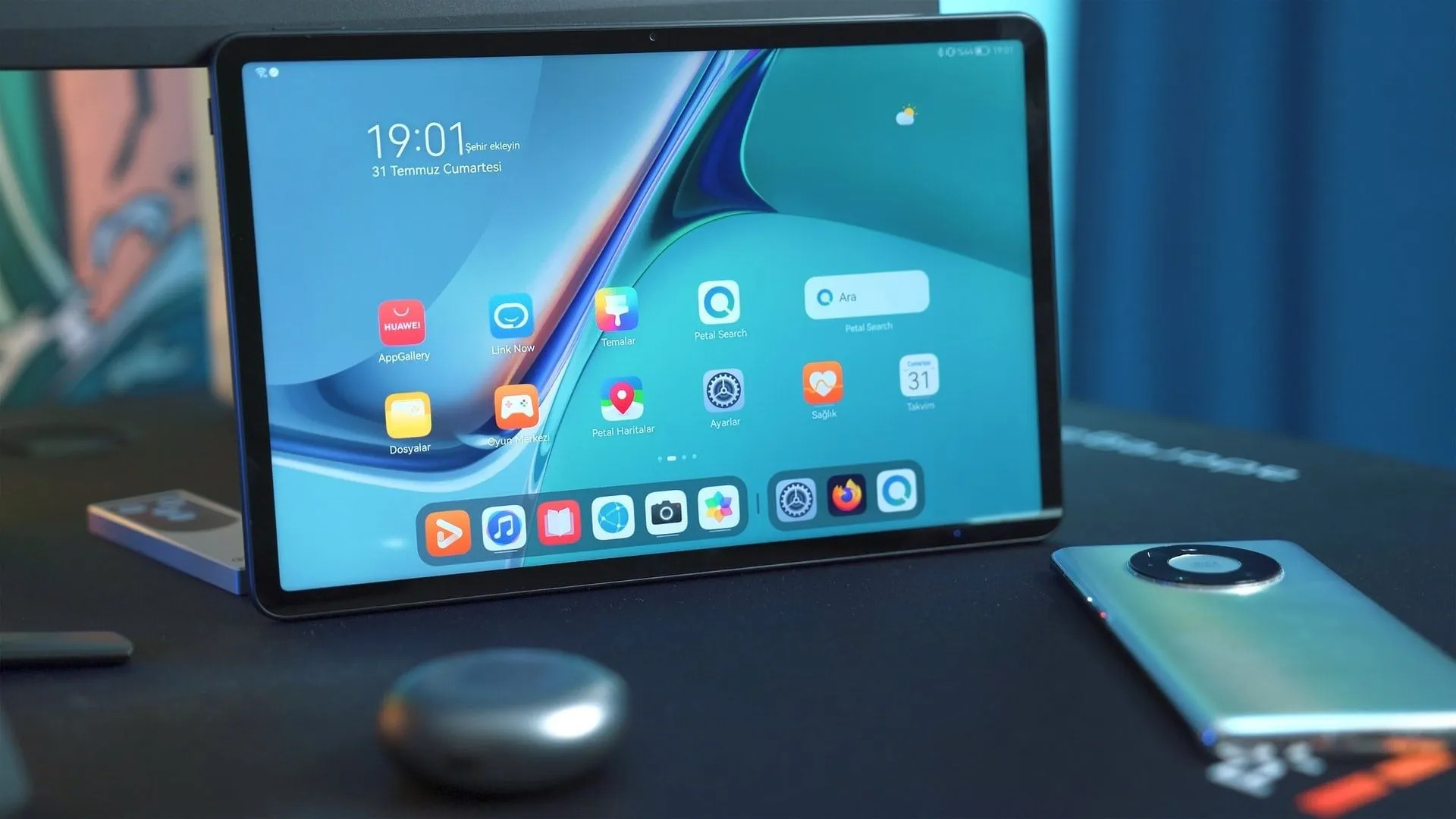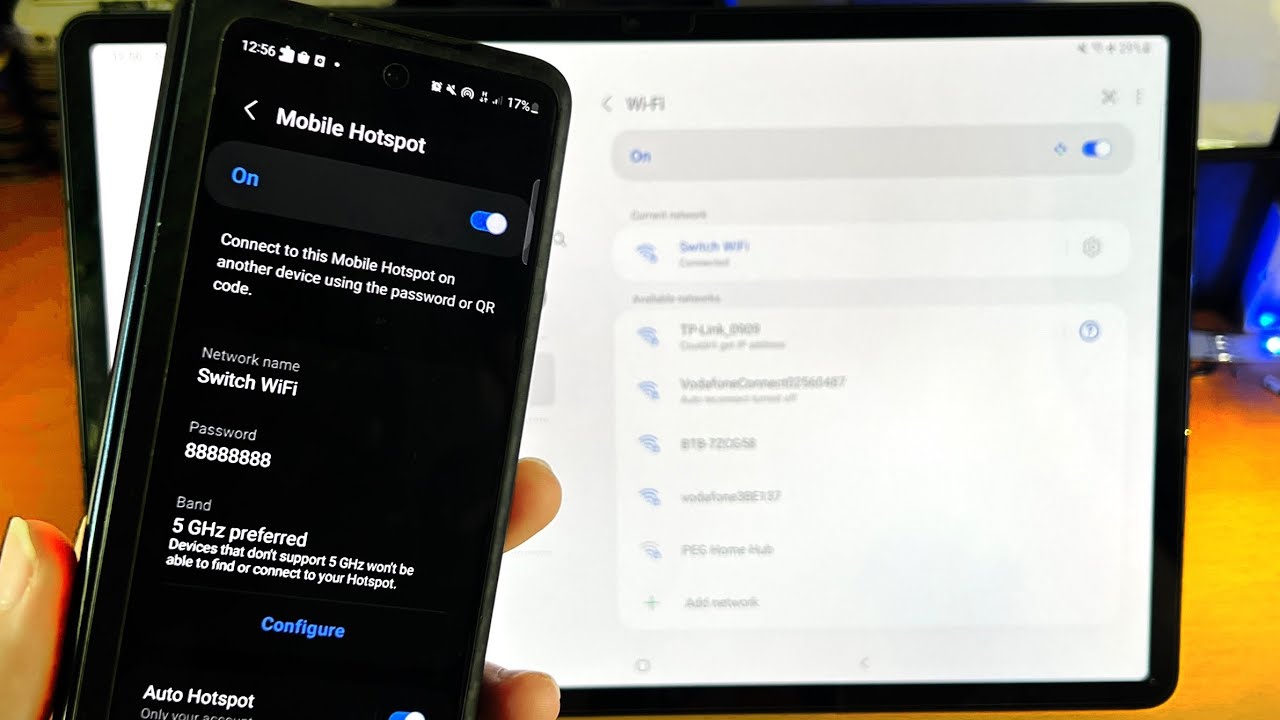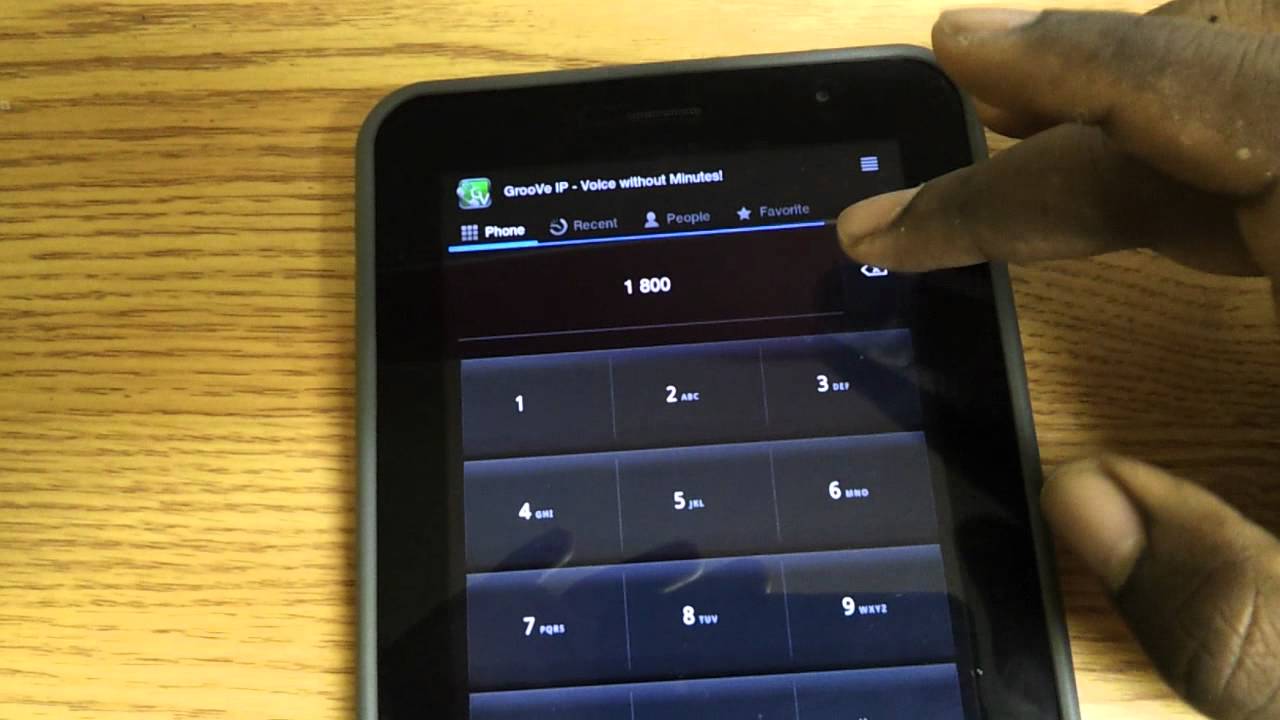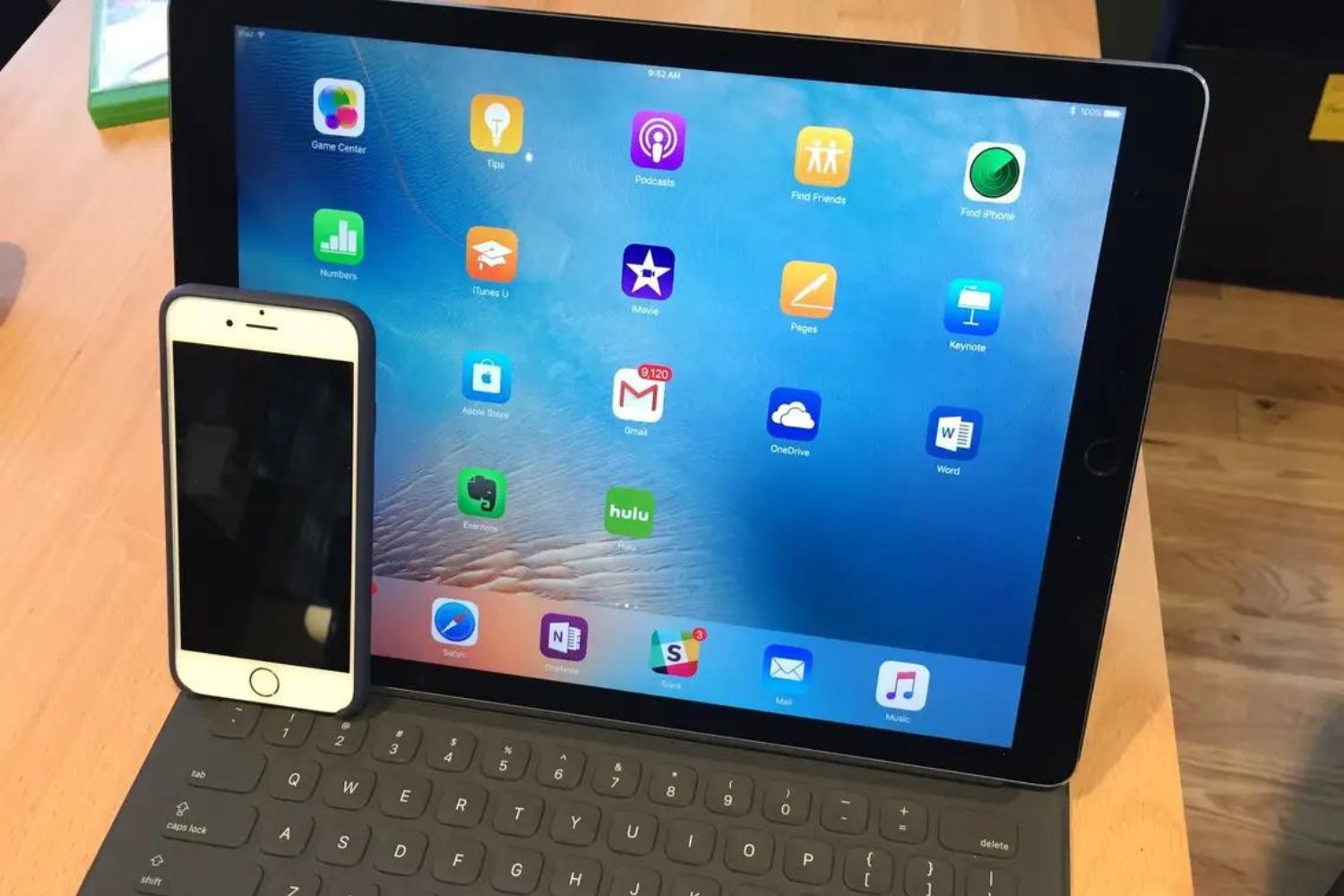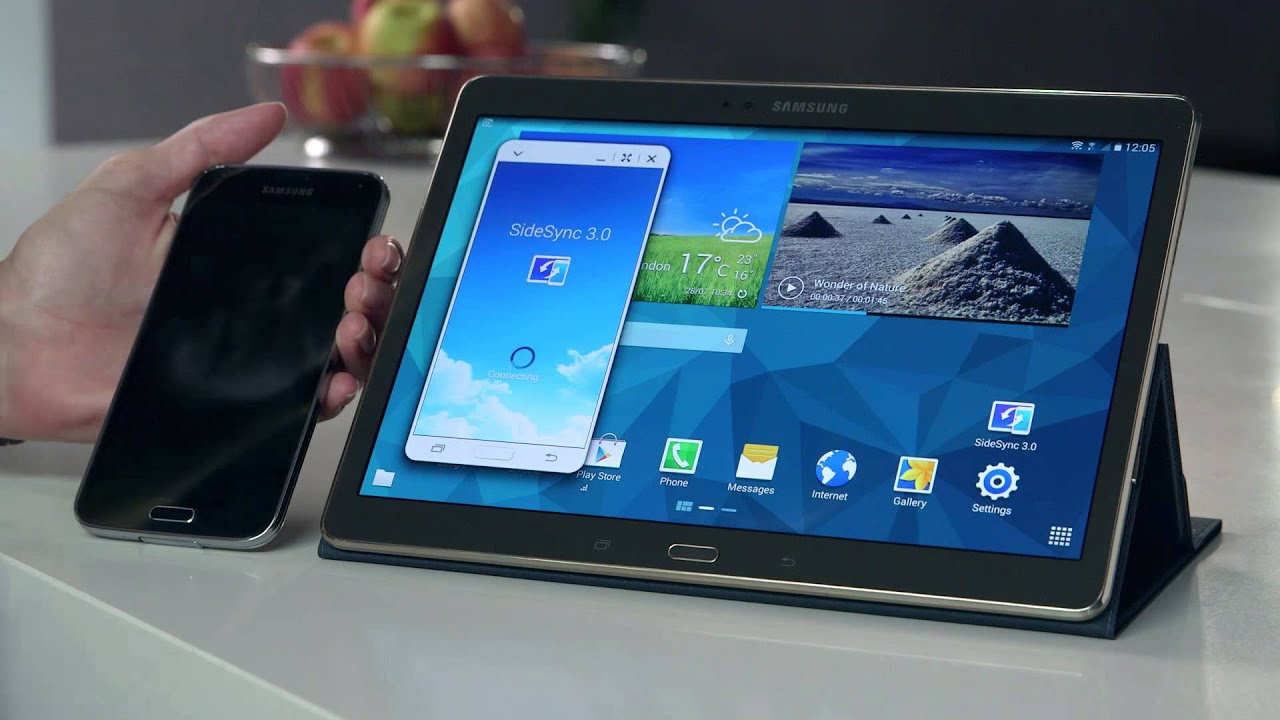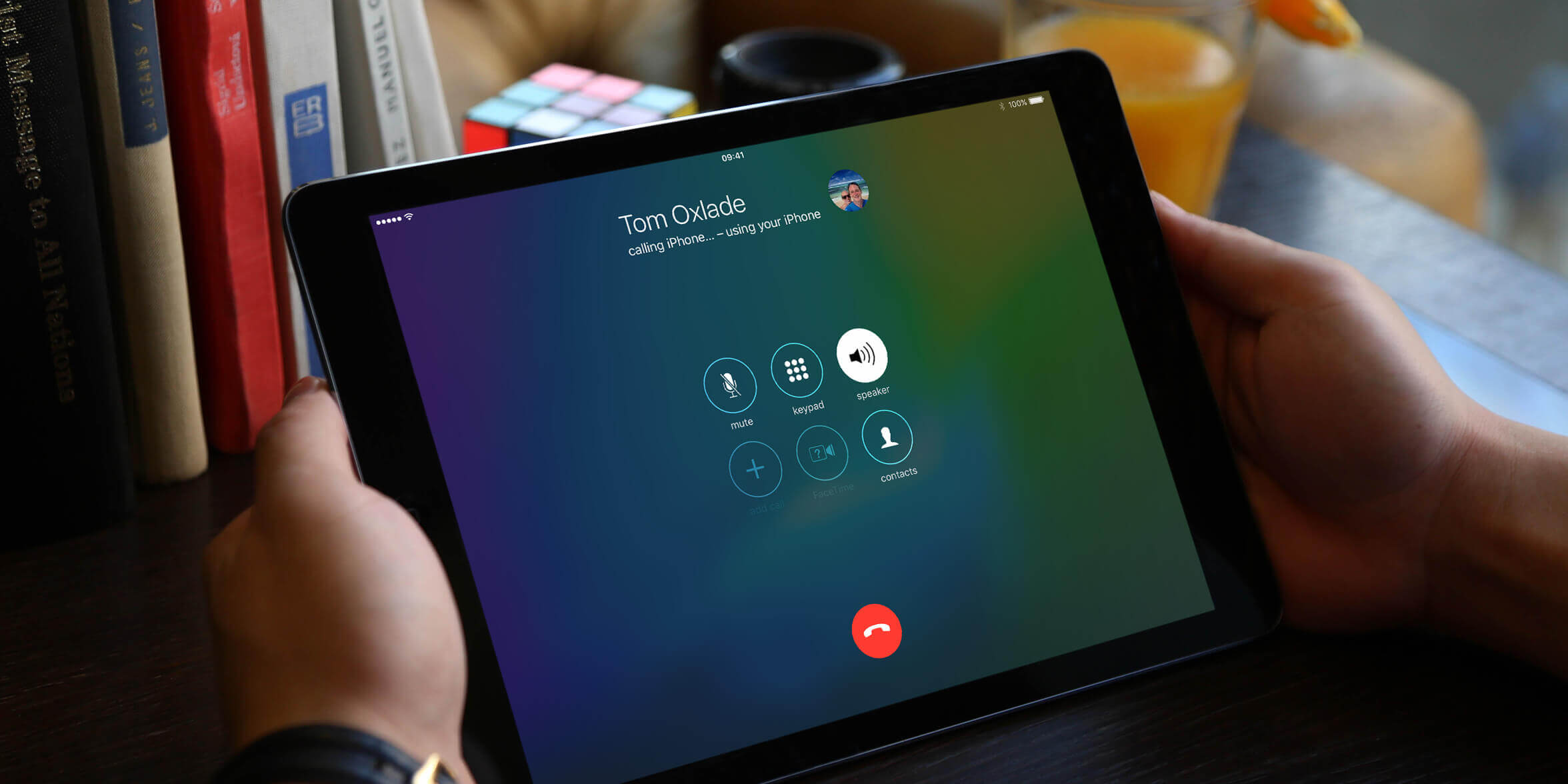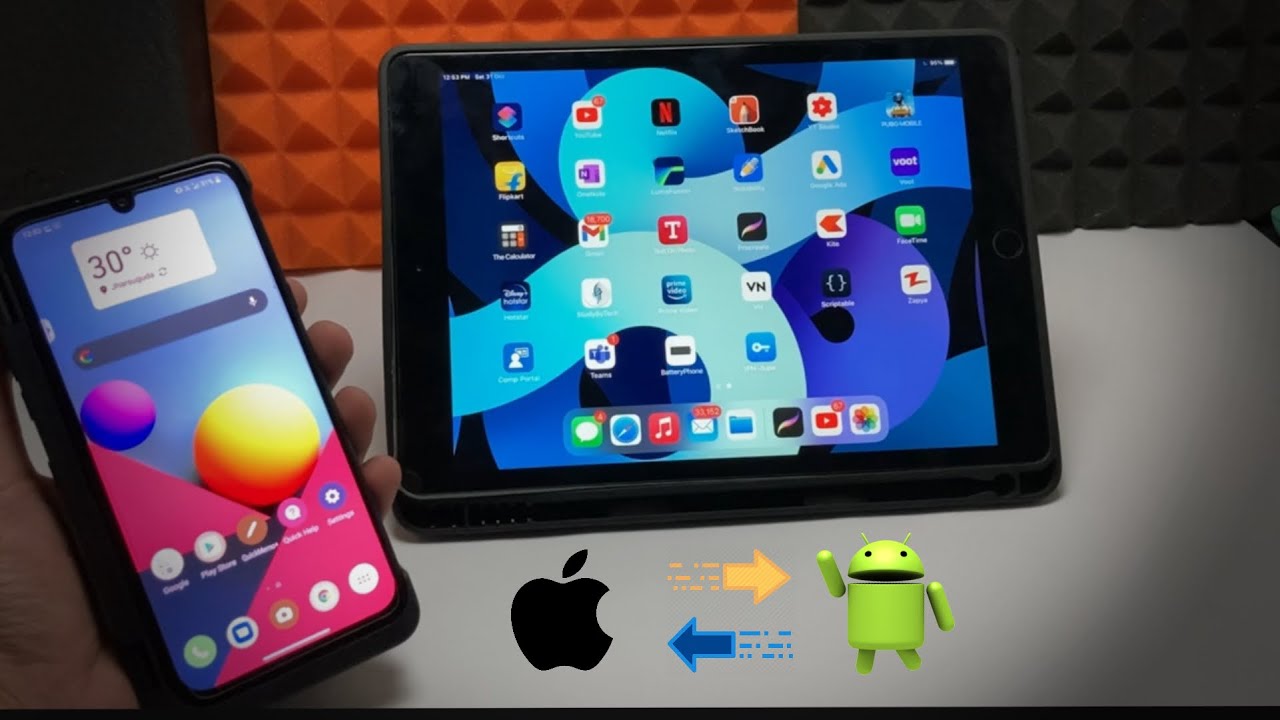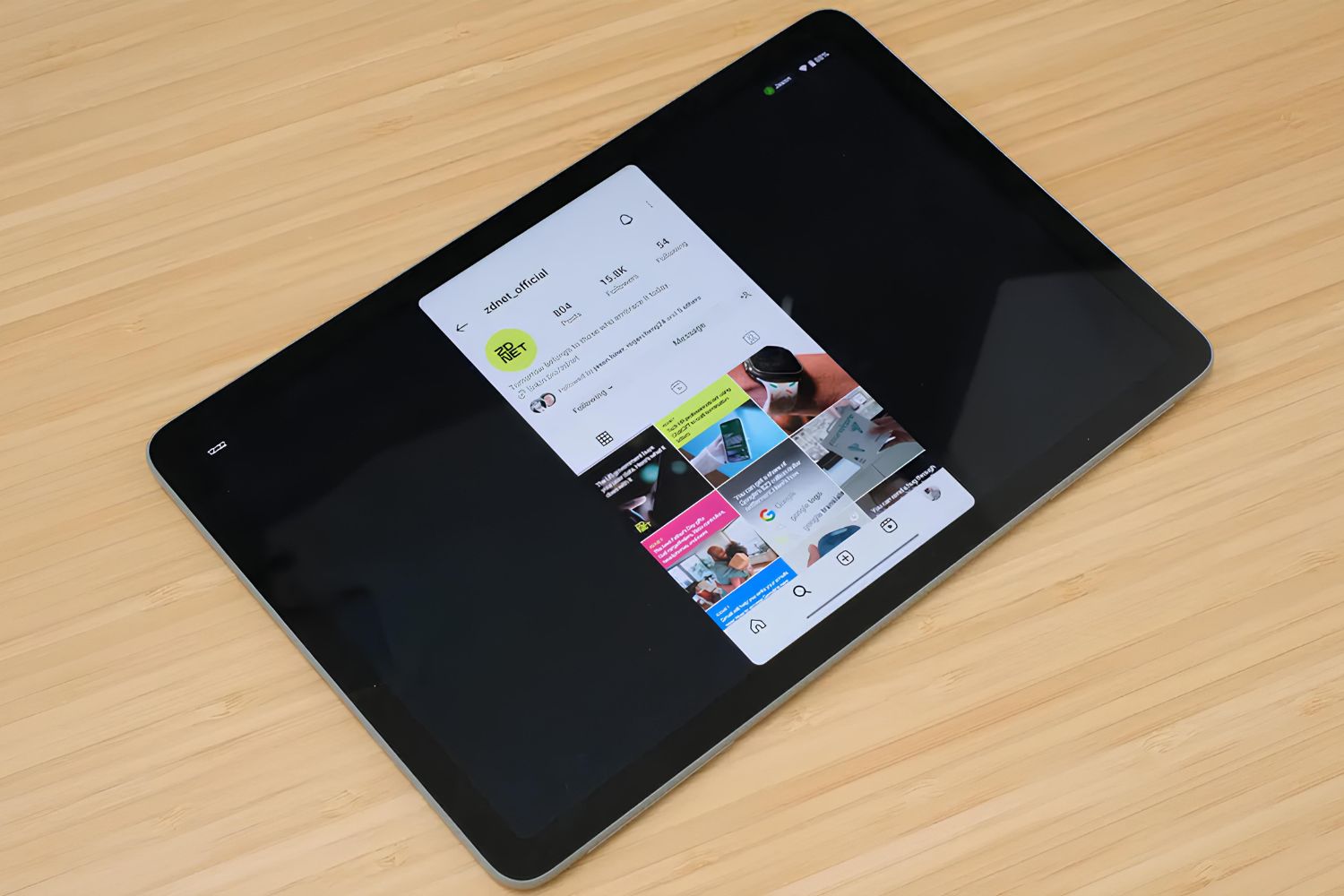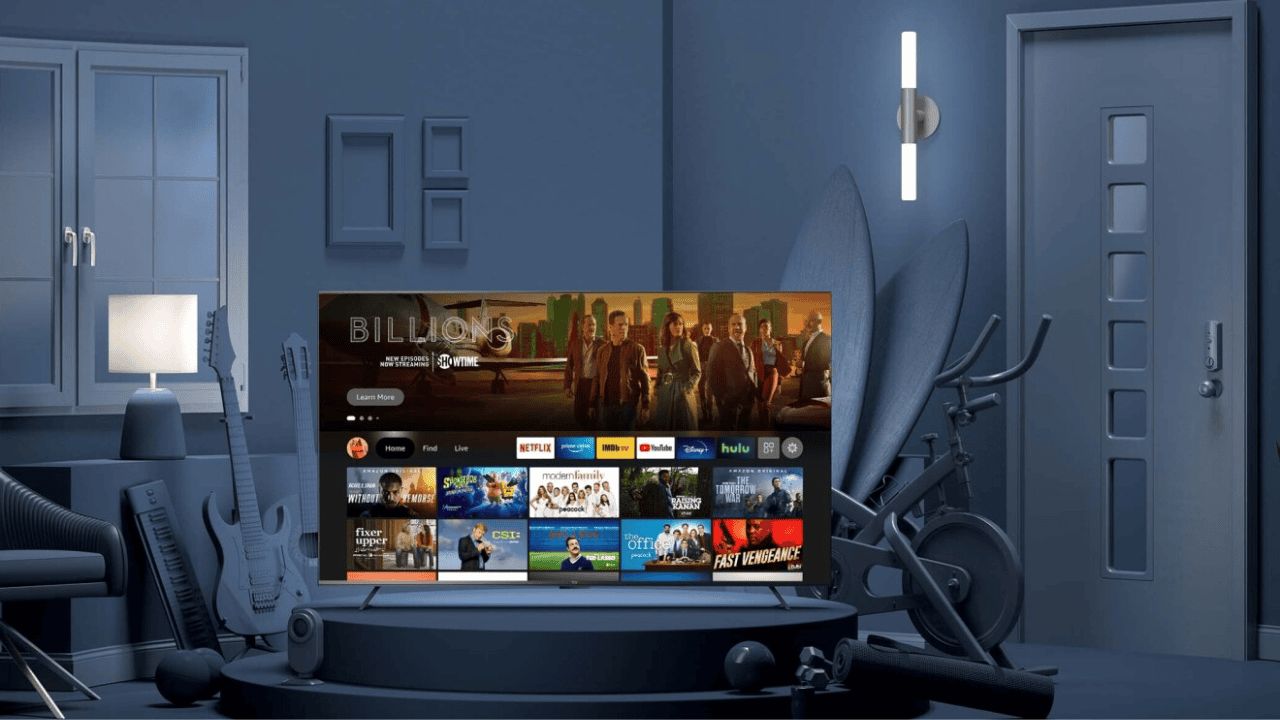Introduction
Today’s tablets are not just limited to browsing the internet or playing games. They have become versatile devices with multiple functionalities, including the ability to make phone calls. Whether you’re using an Android or iOS tablet, the phone feature can be a valuable addition to your device, providing you with the convenience of making calls and sending text messages without needing a separate phone.
In this article, we will explore how to use the phone feature on your tablet effectively. We will delve into the steps for making phone calls, sending text messages, managing contacts, adjusting call settings, utilizing speakerphone and headphone options, and troubleshooting common issues that you may encounter.
With these guidelines, you’ll be equipped with the knowledge and skills to fully utilize the phone functionality on your tablet, allowing you to stay connected with friends, family, and colleagues in a convenient and efficient manner.
So, whether you’re using your tablet for work or personal use, read on to discover how to make the most of the phone feature and streamline your communication process.
What is the phone feature on tablets?
The phone feature on tablets refers to the capability of making and receiving phone calls, just like you would on a traditional mobile phone. This feature allows you to use your tablet as a communication device, eliminating the need for carrying both a tablet and a smartphone.
When tablets first emerged in the market, they were primarily designed for tasks like web browsing, media consumption, and productivity. However, as technology advanced, tablets started incorporating telephony capabilities, blurring the line between smartphones and tablets.
The phone feature on tablets typically requires a SIM card and a cellular network connection. With these components, your tablet can establish a data connection for internet access, as well as make and receive calls and send text messages.
It’s important to note that not all tablets come with the phone feature out of the box. Some models may only offer Wi-Fi connectivity while others may have cellular capabilities. Additionally, the availability of the phone feature may also vary depending on the operating system of the tablet.
Tablets with the phone feature offer users the flexibility of having a single device for various purposes. Whether you’re at home, in the office, or on the go, you can conveniently make calls and send messages directly from your tablet, without the need to switch between multiple devices.
Now that you have a clear understanding of what the phone feature on tablets entails, let’s delve into the specifics of using this feature effectively.
How to make a phone call
Making a phone call on your tablet is quite simple and similar to making calls on a regular smartphone. Here’s a step-by-step guide to help you get started:
- Ensure that your tablet is connected to a cellular network. This may require a SIM card and an active data plan. If you’re using a Wi-Fi-only tablet, you won’t be able to make phone calls.
- Locate the phone app on your tablet. It’s usually represented by an icon resembling a phone receiver.
- Open the phone app and you’ll be presented with the dialer screen. This is where you can enter the phone number you wish to call.
- Using your finger or stylus, tap the numbers on the dialer to enter the phone number. Ensure that you include the correct country and area codes if necessary.
- Once you’ve entered the phone number, tap the call button, usually depicted as a green phone icon. Your tablet will initiate the call and connect you to the recipient.
- During the call, you can use the on-screen buttons to perform various functions like muting the call, switching to speakerphone, adding another participant to the call, or ending the call.
- When you’re done with the call, simply tap the end call button to hang up and terminate the connection.
It’s worth noting that some tablets also offer the option to make video calls, using apps like FaceTime, Skype, or Google Duo. These apps utilize the front-facing camera on your tablet to enable video communication, enhancing the overall calling experience.
Now that you know how to make a phone call on your tablet, it’s time to explore another essential aspect of communication – sending text messages.
How to send text messages
Sending text messages, also known as SMS (Short Message Service), on your tablet is a convenient way to communicate with others. Here’s a step-by-step guide to help you send text messages:
- Open the messaging app on your tablet. Look for the icon that resembles a speech bubble or conversations.
- In the messaging app, you’ll typically be presented with your existing conversations or a compose new message screen. To start a new conversation, tap on the “New Message” or “Compose” button.
- Enter the recipient’s phone number or select their contact from your saved contacts list. You can also start typing their name or phone number in the recipient field, and your tablet will suggest matching contacts.
- Once you’ve selected the recipient, tap on the text input field to start composing your message. You can type your message using the on-screen keyboard or use voice-to-text if your tablet supports it.
- After composing your message, review it for accuracy. You can also add emojis, attachments, or multimedia content like pictures or videos if supported by your messaging app.
- When you’re ready to send the message, tap the send button, usually depicted as a paper airplane or an arrow. Your tablet will then send the text message to the recipient.
- You can continue the conversation by replying to received messages or by composing new messages within the messaging app.
It’s important to note that sending text messages through a tablet is typically dependent on a cellular network connection. If you’re using a Wi-Fi-only tablet, you may need to rely on alternative messaging apps that utilize an internet connection, such as WhatsApp or Facebook Messenger.
Now that you know how to send text messages on your tablet, let’s move on to managing your contacts for easy access during calls and messages.
Managing your contacts
Managing your contacts on your tablet is crucial for easy access and efficient communication. Here are some tips for effectively managing your contacts:
- Open the contacts app on your tablet. It is usually represented by an icon resembling a person or an address book.
- In the contacts app, you can view your existing contacts, search for specific contacts, and add new contacts.
- To add a new contact, tap on the “Add” or “New Contact” button. Enter the contact’s name, phone number, email address, and any additional details you want to include.
- You can also import contacts from other devices or accounts. Many tablets provide options to sync contacts from your Google, iCloud, or Microsoft accounts, ensuring that your contacts are always up to date across devices.
- Organize your contacts into groups or create custom labels to easily categorize and locate specific contacts. This can be helpful when you want to send messages or make calls to specific groups of people.
- Edit and update the contact information as needed. If a contact changes their phone number or email address, you can quickly update it in the contacts app.
- Some tablets also offer features like contact linking, where you can merge multiple contacts for the same person into a single entry. This helps to avoid duplication and keeps your contact list clean and organized.
- Regularly back up your contacts to ensure that you don’t lose them in case of device loss or data corruption. You can usually find options to back up contacts to your Google or iCloud accounts, or export them as vCard files.
By effectively managing your contacts on your tablet, you’ll have all the necessary information at your fingertips when making calls or sending messages. This ensures seamless communication and saves time searching for contact details.
Now that you know how to manage your contacts on your tablet, let’s dive into adjusting call settings to customize your calling experience.
Adjusting call settings
Adjusting the call settings on your tablet allows you to customize your calling experience and optimize it according to your preferences. Here’s how you can adjust call settings on your tablet:
- Open the Settings app on your tablet. It is usually represented by an icon resembling a gear or cogwheel.
- Scroll down and look for the “Call” or “Phone” section in the settings menu.
- Within the call settings, you’ll find various options to adjust your preferences. These may include settings for call forwarding, call waiting, voicemail, call blocking, and more.
- To enable call forwarding, tap on the option and enter the phone number where you want to forward your calls. This can be useful when you can’t directly answer calls on your tablet but don’t want to miss important calls.
- If you want to enable call waiting, toggle the switch to turn it on. Call waiting allows you to receive incoming calls while you’re in the middle of another call.
- Manage voicemail settings by entering your voicemail number or adjusting the voicemail greeting. Voicemail provides a convenient way for callers to leave messages when you’re unable to answer their calls.
- You may also have the option to block unwanted calls by adding specific numbers to a block list. This helps to avoid nuisance calls and maintain your privacy.
- Explore other call settings options to adjust ringtone preferences, vibration settings, and other related settings.
It’s worth noting that call settings may vary depending on the make and model of your tablet as well as the operating system it runs on. Some tablets may offer more advanced call settings and features than others.
By adjusting call settings on your tablet, you can tailor your calling experience to suit your needs, ensuring that you receive calls when necessary and manage unwanted calls effectively.
Now that you’re familiar with adjusting call settings, let’s explore additional options for using the speakerphone and headphones during calls.
Using speakerphone and headphone options
When making phone calls on your tablet, you have the flexibility to use the speakerphone or connect headphones for a hands-free calling experience. Here’s how you can utilize these options:
- During a call, look for the speakerphone icon on the call screen. Tap on it to switch to speakerphone mode. This allows you to listen to the call through the tablet’s built-in speaker, without the need to hold it up to your ear.
- The speakerphone option is particularly useful when you need to involve multiple people in the conversation or when you’re performing other tasks while on the call.
- To use headphones during a call, connect them to the headphone jack or use Bluetooth headphones if your tablet supports wireless connectivity. Once connected, the audio from the call will be routed to the headphones, providing you with privacy and improved call quality.
- Using headphones during calls is ideal in environments where you need to minimize background noise or have a private conversation.
- When you’re done with the call, simply tap the speakerphone icon again to turn it off, or disconnect the headphones from the tablet.
Using the speakerphone or headphones during calls on your tablet is convenient, as it allows for hands-free communication and enhances audio clarity. Consider your surroundings and preferences to determine the most suitable option for each call.
Now that you’ve explored the options for using the speakerphone and headphones during calls, let’s move on to troubleshooting common issues you may encounter with the phone feature on your tablet.
Troubleshooting common issues
While using the phone feature on your tablet, you may encounter certain issues that can affect your calling experience. Here are some common issues and troubleshooting steps:
- No signal or weak signal: If you’re experiencing poor signal or no signal, ensure that your tablet is within range of a cellular network. You may need to toggle Airplane mode on and off, or restart your tablet to reestablish the connection.
- Call quality issues: If you’re facing call quality issues like dropped calls or distorted audio, check your network connection. Try moving to a location with a stronger signal or connect to a different Wi-Fi network if you’re on a Wi-Fi-only tablet.
- Call forwarding not working: If call forwarding is not working as expected, verify that you’ve entered the correct phone number for forwarding calls. You can also contact your mobile service provider for assistance and to ensure call forwarding is enabled on their end.
- Contacts not syncing: If your contacts are not syncing across devices, check your account settings and ensure that contact sync is enabled. You may need to manually initiate a sync or remove and re-add your account to resolve any syncing issues.
- Unable to send or receive text messages: If you’re encountering issues with sending or receiving text messages, check your network connection and ensure that you have sufficient service or a working internet connection. If the problem persists, contact your mobile service provider for support.
- App-specific issues: If you’re using third-party apps for phone calls or messaging, make sure they are up to date. Check for any available app updates in the respective app stores and install them to address any compatibility or performance issues.
- Tablet freezes during calls: If your tablet freezes or becomes unresponsive during calls, try restarting your device. If the problem persists, it may be helpful to update your operating system or contact the tablet manufacturer for further troubleshooting.
If you continue to experience issues with the phone feature on your tablet, it is recommended to consult the user manual or visit the manufacturer’s support website for specific troubleshooting steps related to your device model.
Now that you’re equipped with troubleshooting knowledge, you can confidently navigate and resolve any common issues that may arise.
Conclusion
The phone feature on tablets has transformed these devices into versatile communication tools, allowing you to make phone calls and send text messages without the need for a separate smartphone. By following the steps outlined in this article, you can easily utilize the phone feature on your tablet and stay connected with friends, family, and colleagues.
We explored how to make phone calls by using the dialer app, as well as the option for making video calls through various apps. Sending text messages was also covered, highlighting the process of composing and sending messages to contacts on your tablet. Additionally, we discussed the importance of effectively managing contacts and how to adjust call settings to personalize your calling experience.
Furthermore, we touched upon using the speakerphone and headphones options for hands-free calling, troubleshooting common issues that may arise, and provided tips for resolving them.
With this knowledge, you can make the most of the phone feature on your tablet, enjoying the convenience and flexibility it offers. Stay connected, communicate effortlessly, and make the most out of your tablet’s capabilities.
Now that you’re equipped with the necessary information, go ahead and explore the phone feature on your tablet with confidence!







